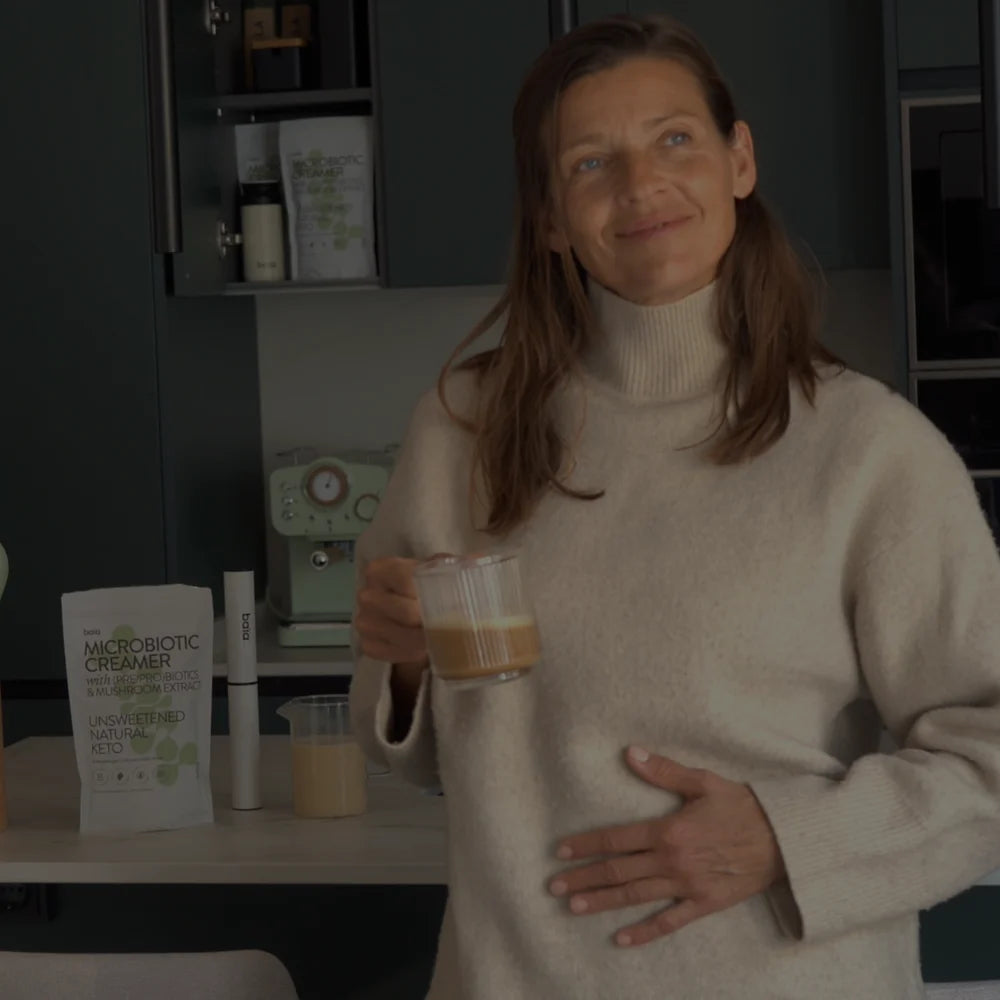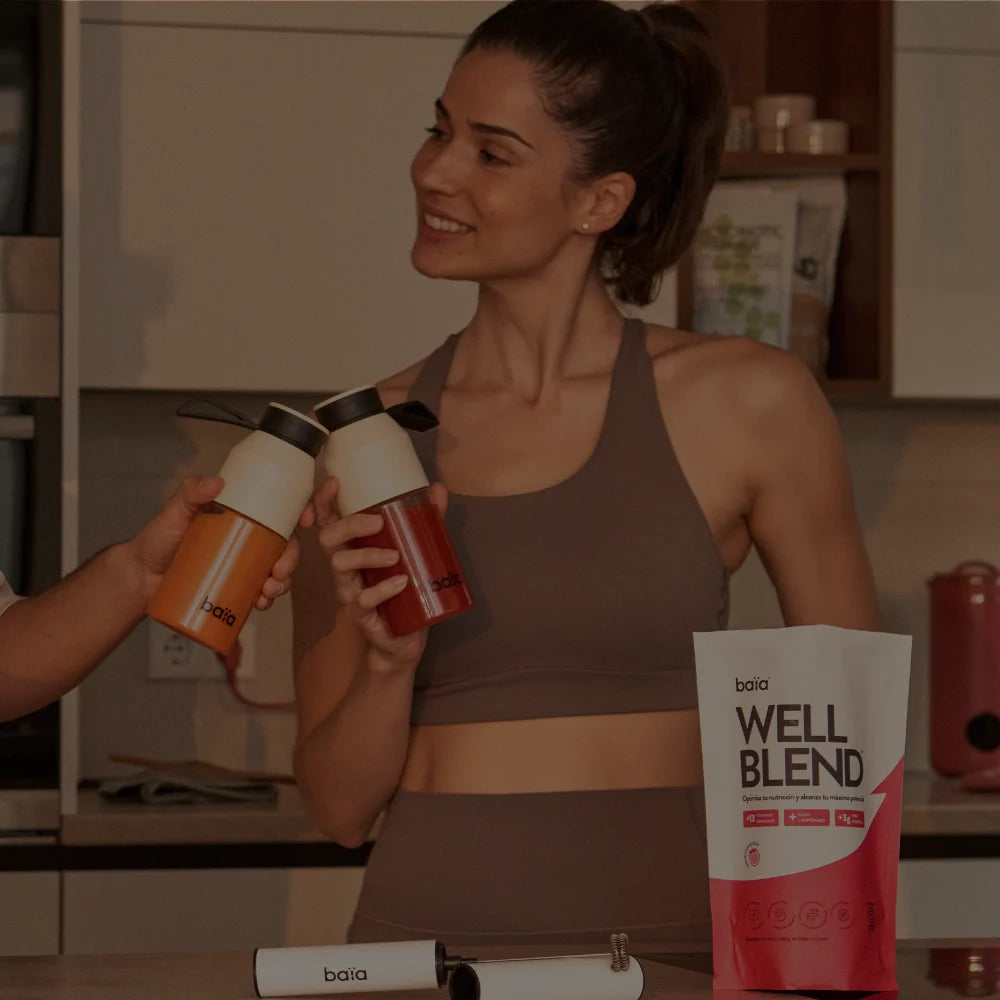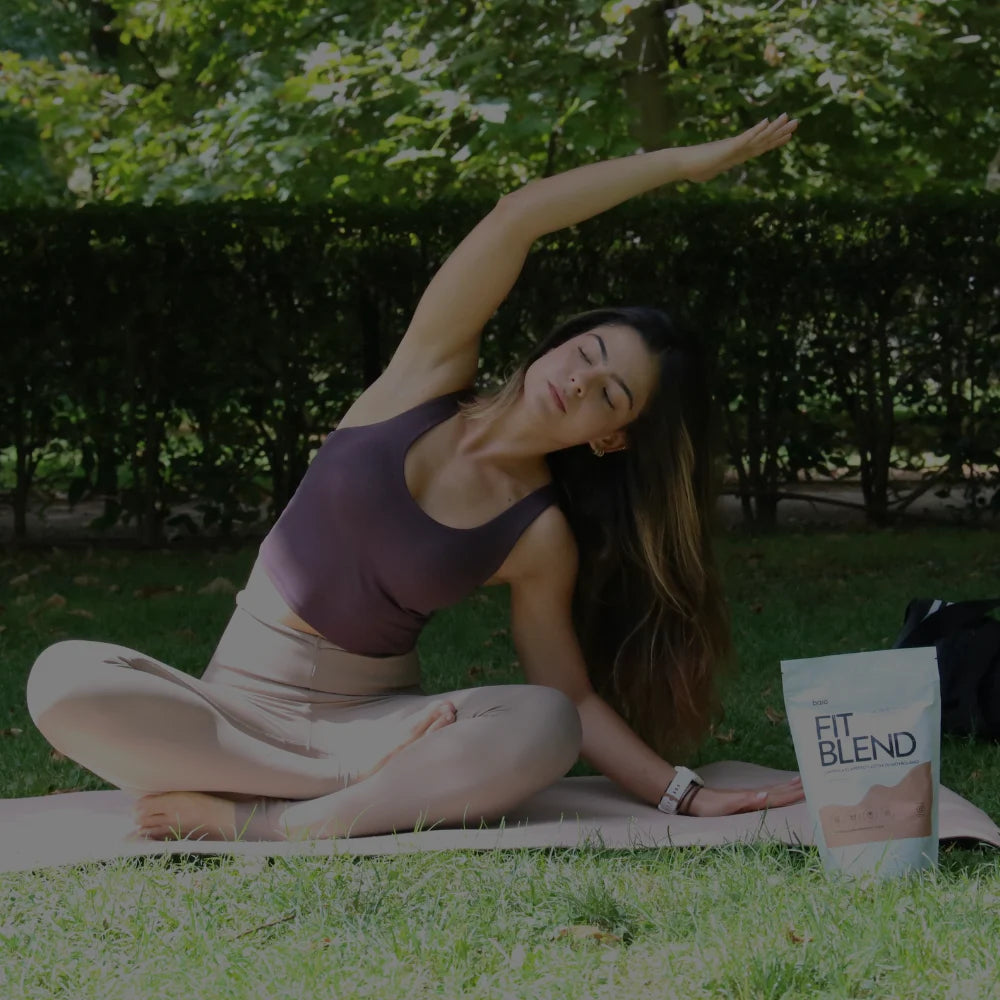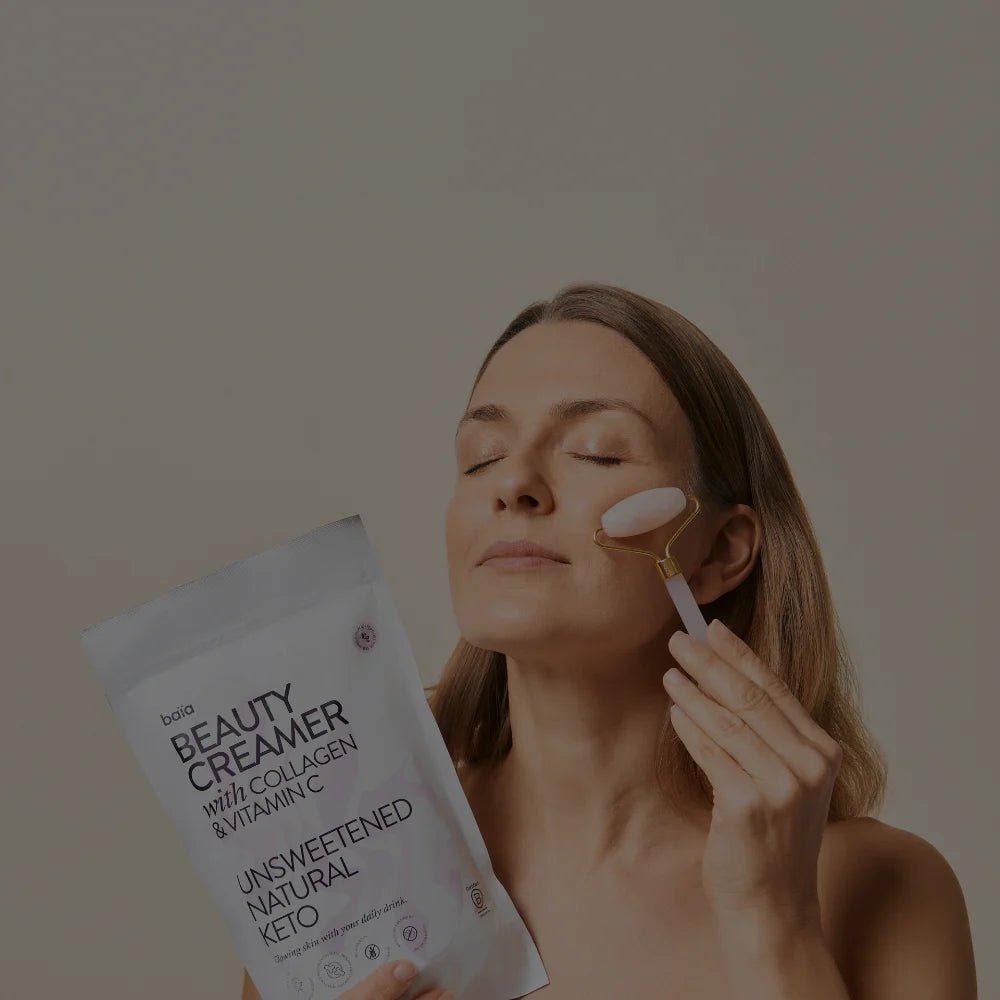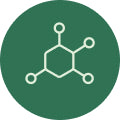Top ventas
¿Cúal es tu objetivo?

HEALTH. NUTRITION. LIFESTYLE.
En Baïa, nuestro objetivo principal es ayudarte a mejorar tu salud, a través de la nutrición natural. Por eso formulamos suplementos en polvo, fáciles de incorporar a tu rutina diaria. Siempre en base a la última evidencia científica, y garantizando su eficacia.









Avalados por profesionales


CARTA DE LOS FUNDADORES
"Todo el mundo merece mejorar su salud, y Baïa existe para hacerlo posible."
En 2016 Baïa tenía un propósito claro: ser tu compañero de viaje hacia el bienestar. Ahora, miramos hacia atrás y vemos un camino lleno de desafíos que nos han enseñado muchas lecciones y que con determinación y (mucho) trabajo, cualquier sueño puede cumplirse. Hemos ido identificado las dolencias que afectan nuestra calidad de vida, y que la solución, en muchos casos, está a nuestro alcance. Baïa se ha convertido en ese profesional confiable y actualizado que se adapta a tu estilo de vida, convirtiendo la salud en una experiencia placentera. Seguimos comprometidos, igual o más que el primer día, en hacer de tu vida una más plena.
+35.000 opiniones verificadas
- Opiniones
- Preguntas
Todo muy bien
Estoy contenta con el producto
Un mes probando
El sabor es rico y la textura que deja en el café es agradable. Se disuelve muy bien con tan solo unas vueltitas con la batidora de mano. En cuanto a sus beneficios… quizá pronto para sacar conclusiones, por ello sigo probando por segundo mes.
Todo bien
Genial todo muy bien
Complemento interesante
Me sirve para prepararme los batidos de proteínas de una forma más sencilla
Calidad
Gran producto, no es barato pero funciona, lo mejor que he probado hasta ahora
Valoración
Me encanta llevo más de 1 año y medio consumiendo y no puedo dejarlo me sienta de maravilla
Muy buena! Excelente producto
Hice un tratamiento para dejar de hincharme, en la última etapa empecé a tomar el microbiotic y sentí muy buen efecto, desde que lo tomo he mejorado muchísimo, voy al baño con regularidad, ya no me hincho y siento que me ha ayudado a mantener los resultados, ya van como 3 meses que lo tomo. Muchas gracias
Encantada!
Ya es mi segundo paqueta y me encanta el producto. Veo resultados y ademas esta buenisimo con el cafe!
Excelente
No puedo vivir sin él. Ha cambiado mi vida por completo. Es una maravilla. Han desaparecido el hinchazón y los gases. No puedo no recomendarlo.
buena digestión
desde que lo tomo no sólo ha mejorado mi digestión, también la piel




















